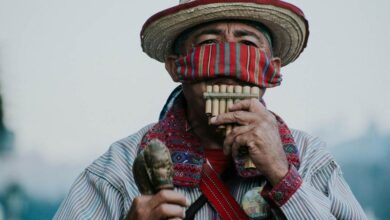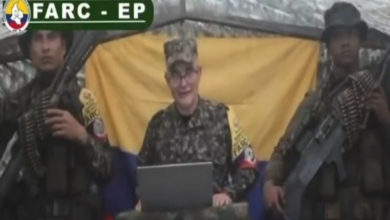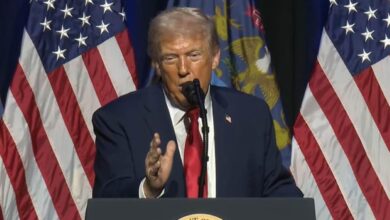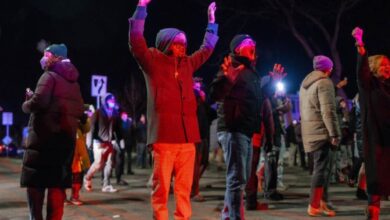Latin American Soccer Stars Absent from Upcoming Copa America
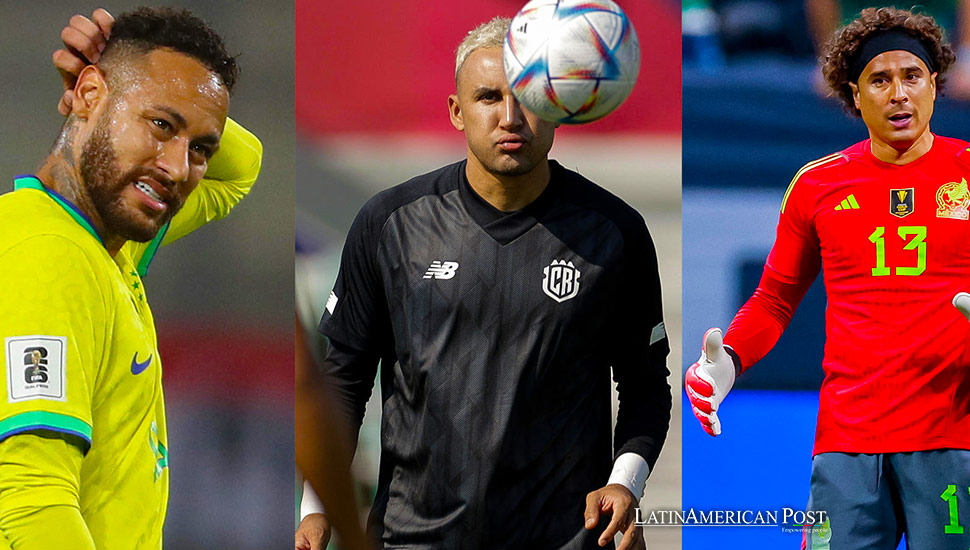
The 2024 Copa America in the United States will miss several top Latin American soccer stars due to injuries, technical decisions, and personal choices, significantly impacting the participating teams.
Neymar, Paulo Dybala, Edinson Cavani, Radamel Falcao García, Keylor Navas, Hirving Lozano, Arturo Vidal, Yoshimar Yotún, and Pervis Estupiñán, all key players in their respective teams, are among the notable absences in this year’s Copa America in the United States. Their absences, driven by last-minute injuries, technical decisions, poor form, or retirement from national teams, underscore the shifting dynamics in Latin American soccer.
Brazil’s Struggles
Brazil will enter the 48th edition of the Copa America without some of its most prominent stars. Neymar, Brazil’s all-time leading scorer, is recovering from a cruciate ligament and meniscus tear in his left leg sustained last October during a World Cup qualifier against Uruguay in Montevideo. The absence of the Al-Hilal player is a significant blow to the team.
In addition to Neymar, Brazil faces other crucial absences. Starting goalkeeper Ederson is sidelined by injury, former captain Casemiro is out of form, forward Richarlison is also injured, and winger Gabriel Jesus is not currently in coach Dorival Junior’s plans. These absences could impact Brazil’s performance as they aim to reclaim their dominance in South American soccer.
Argentina’s Surprising Omissions
Argentina’s coach, Lionel Scaloni, has made surprising decisions regarding his squad. Despite an impressive season with Roma, Paulo Dybala, scoring 16 goals and providing 10 assists, still needs to make the final list of 26 players. His exclusion has left him disheartened. “I feel like I did good things this year. I was confident I would be on the list, so it was a tough blow for me because being part of the national team is one of the best things there is,” Dybala said in a recent interview with The Athletic.
Other notable absences from Argentina’s squad include defender Juan Foyth and midfielder Ángel Correa. These decisions highlight the depth of talent available to Scaloni but also raise questions about team dynamics and the future of some seasoned players.
Colombia’s Veterans Miss Out
Colombia’s national team, under the guidance of Néstor Lorenzo, has been undefeated in 21 matches since June 2, 2022. However, they will be competing without their all-time top scorer, Radamel Falcao García, who, at 38, is not considering retirement but was not selected for the tournament. Similarly, winger Juan Guillermo Cuadrado, who had a successful career in Italy, was also absent from the squad.
Adding to Colombia’s selection issues, the top scorer in the Russian Premier League, Mateo Casierra, and midfielder Wilmar Barrios, both from Zenit, were not called up. Forward Duván Zapata, who has seen fluctuating form with Atalanta and Torino, and his teammate Luis Fernando Muriel, now in the MLS, also missed out on selection. These omissions suggest a shift towards younger talent and a new era for Colombian soccer.
Uruguay’s New Direction Under Bielsa
Uruguay’s squad will not feature Edinson Cavani, who announced his retirement from international soccer in May after learning he would not be included in Marcelo Bielsa’s plans for the Copa America. “I have decided to step aside, but I will always follow them with a beating heart, just as when I had the honor to play with this beautiful shirt,” said Cavani, the second-highest scorer in Uruguay’s history with 58 goals and third in most appearances with 136.
Bielsa has also left out defender Sebastián Coates, midfielders Lucas Torreira and Rodrigo Salazar, and forward Luciano Rodríguez, who scored the winning goal in the U-20 World Cup final against Italy. These exclusions reflect Bielsa’s vision for a younger, more dynamic team as Uruguay looks to build for the future.
Other Notable Absences Across Latin America
Mexico’s coach Jaime Lozano has omitted legendary goalkeeper Guillermo Ochoa, who starred in the World Cups of 2014, 2018, and 2022, to encourage a generational shift with Luis Ángel Malagón, who is also sidelined due to injury. Additionally, midfielder Hirving ‘Chucky’ Lozano and forward Raúl Jiménez are not part of Lozano’s squad.
In Chile, new coach Ricardo Gareca has excluded central defender Gary Medel, who had limited playing time at Vasco da Gama and is now looking to regain form at Boca Juniors. Gareca also left out midfielder Arturo Vidal, who expressed sadness and anger over the technical decision to exclude him from La Roja.
Costa Rica will be without veteran goalkeeper Keylor Navas, who announced his retirement from the national team in May. Peru faces the absence of captain Renato Tapia, who stepped down due to a conflict with the Peruvian Football Federation over injury protection policies. Tapia, whose contract with Celta de Vigo ends on June 30, had requested a protection policy for competing in the United States, which was not granted. Peru will also miss defender Yoshimar Yotún due to injury.
Bolivia’s national team will also miss midfielder Henry Vaca due to injury. Last year, Bolivia lost its top scorer, Marcelo Martins Moreno, who retired from international soccer. Ecuador’s squad will be without Brighton defender Pervis Estupiñán, who recently underwent surgery after an injury.
The Impact on the Tournament
The absence of these high-profile players could significantly impact the dynamics of the Copa America. Teams like Brazil, Argentina, Colombia, and Uruguay must rely on emerging talents and new strategies to compete at the highest level. This transition period allows lesser-known players to step up and make a name for themselves on the international stage.
Moreover, the absence of veteran players opens the door wide for a new generation of soccer players to shine. Young talents across Latin America will have the golden opportunity to prove their worth and secure their places in their respective national teams. This shift could lead to a more unpredictable and exciting tournament, with teams experimenting with new formations and tactics, sparking excitement and intrigue in the audience.
As the Copa America approaches, the spotlight shifts to how teams adapt to the absence of their star players. Coaches are faced with strategic decisions to fill the gaps left by these veterans, balancing experience with the infusion of young talent. The tournament promises to showcase Latin American soccer’s depth and resilience, underlining the region’s ability to produce world-class talent despite the challenges, and instilling a sense of hope and optimism in the audience.
Also read: São Paulo, Brazil to Host 2024 Beach Tennis World Cup
The 2024 Copa America in the United States will be a tournament of transitions, with many of Latin America’s soccer icons absent. The spotlight will be on the emerging stars carrying their teams’ hopes and the tactical adjustments coaches make to navigate these significant absences. As always, the passion and intensity of Latin American soccer will be on full display, offering fans an exciting and unpredictable tournament.

